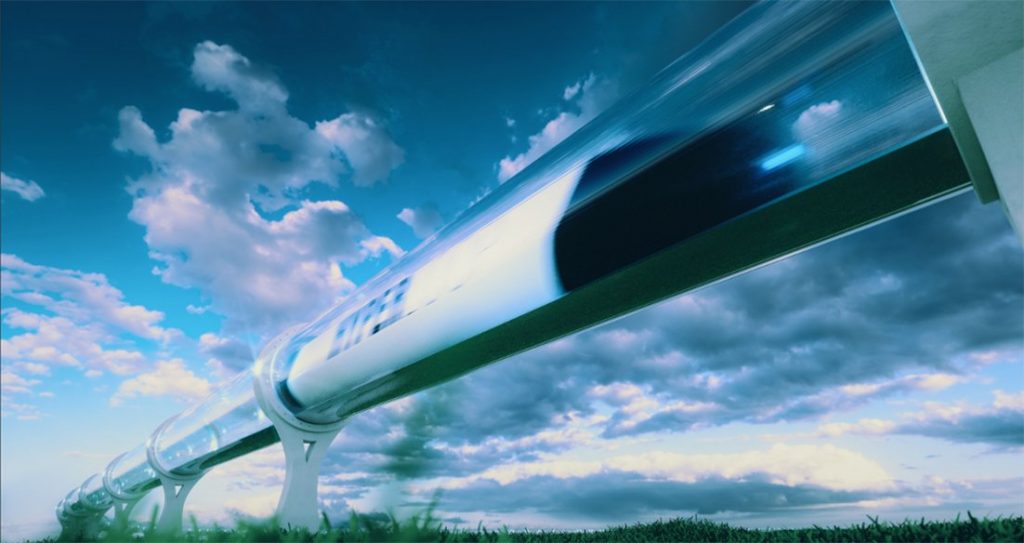The Future of Transportation: Innovation and Beyond

Innovation in transportation has been a driving force for human progress since the invention of the wheel. Today, with the advent of new technologies and the growing need for sustainable mobility, the transportation industry is undergoing a major transformation. In this article, we will explore what innovation in transportation means, its impact on society, and the future of transportation.
What is Innovation in Transportation?
Innovation in transportation refers to the development of new technologies, systems, and services that improve the efficiency, safety, and sustainability of transportation. It encompasses a wide range of areas, from vehicle design and manufacturing to infrastructure development and logistics management. Some examples of innovative transportation technologies include electric vehicles, autonomous vehicles, hyperloop systems, and drones.
Impact of Innovation in Transportation
Innovation in transportation has a profound impact on society, both in terms of economic growth and environmental sustainability. By improving the efficiency of transportation systems, innovation can reduce transportation costs, increase productivity, and enhance mobility. At the same time, innovation can also reduce carbon emissions, improve air quality, and mitigate climate change.
The Future of Transportation
The future of transportation is shaped by a number of trends and factors, including the growing demand for sustainable mobility, the emergence of new technologies, and the changing needs of consumers. Some of the key trends that are shaping the future of transportation include:
- Electrification: The shift towards electric vehicles is gaining momentum, driven by the need to reduce carbon emissions and improve air quality. By 2040, it is estimated that more than half of all new cars sold globally will be electric.
- Autonomous Vehicles: Self-driving cars are expected to revolutionize the way we travel, making transportation safer, more efficient, and more accessible. By 2030, it is estimated that autonomous vehicles will account for 25% of all vehicle sales.
- Hyperloop Systems: Hyperloop systems, which use vacuum-sealed tubes to transport passengers and cargo at high speeds, are being developed around the world. These systems have the potential to revolutionize long-distance travel, reducing travel times and increasing efficiency.
- Mobility as a Service: Mobility as a Service (MaaS) is a new concept that aims to provide seamless, integrated transportation services to consumers. By combining different modes of transportation, such as public transit, ride-sharing, and bike-sharing, MaaS can provide a more efficient and sustainable transportation system.
Conclusion
Innovation in transportation is essential for meeting the challenges of the 21st century, from reducing carbon emissions to improving mobility. By embracing new technologies and systems, we can create a more sustainable, efficient, and accessible transportation system for all. The future of transportation is exciting, and we can expect to see many new innovations in the years to come.

